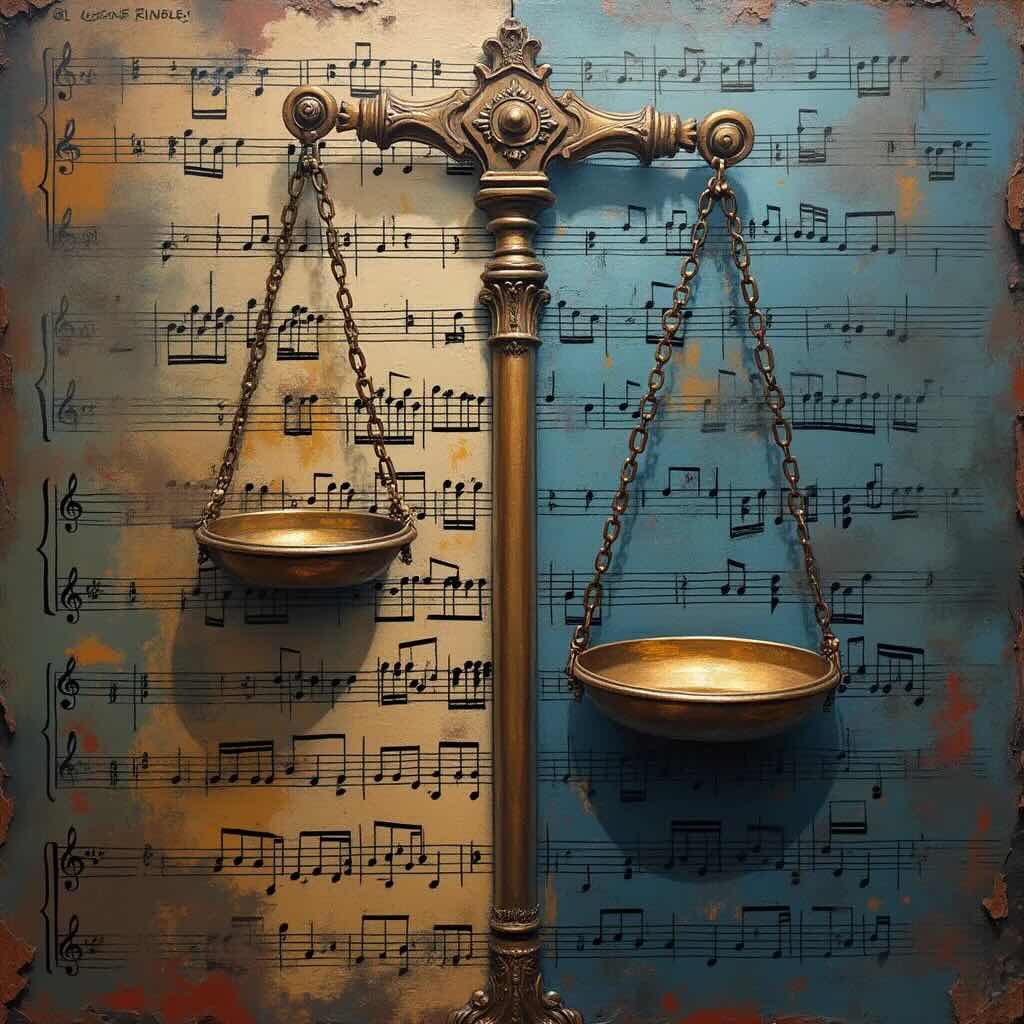There’s always been a divide when we talk about musical talent. Many people look at specific “geniuses”—think Prince, Charlie Parker, Stevie Ray Vaughan—and see their incredible music as evidence that talent is something rare and innate, embodied in certain people. There’s no shortage of stories and legends about these musical icons, adding to their near-mythical status.
But when you dig into interviews with these musicians, they often downplay the idea of “pure talent.” Instead, they talk about the immense hours they spent practicing, learning, and perfecting their craft. Even those known as prodigies usually point out that their journeys were paved with years of focused work and dedication.
Talent vs. Skill: Are We Misunderstanding Musical Talent?
For me, as a music teacher, this divide has always been intriguing. I’ve taught students who seem naturally gifted and those who have to work a bit harder. But over time, I’ve noticed that talent alone doesn’t dictate success. In fact, some students who start without an obvious “gift” often go on to become incredibly skilled musicians because they love the process of learning and improving.
So, does talent really exist, or are we just looking at it from the wrong angle? I believe musical talent does exist, but we often misunderstand it. Talent is less about skill and more about having a deep enjoyment in the process of learning. Those we call “talented” may simply be those who find joy in practicing, experimenting, and creating, which allows them to push through the long hours needed to reach mastery.
The Role of Passion in Musical Talent
Musical talent, in my view, is about passion. It’s the joy in discovering a new chord, the excitement of playing with a new scale, the satisfaction of nailing a tricky progression. Some people have a natural inclination towards this kind of passion, which makes them appear “talented.” They don’t need to be disciplined in the usual sense because every practice session feels rewarding.
As a teacher, I see this all the time. Some students light up with joy every time they sit down at the piano. They love the challenge, the repetition, the improvement—even if they don’t become virtuosos overnight. This passion, in many ways, is their talent. It’s what keeps them returning to the keys, exploring new sounds, and discovering the beauty of music.
What About Those Who Don’t Have That Passion?
Someone might say, “That’s great, but not everyone has that kind of passion.” And that’s true. Not everyone will find joy in every scale or chord progression, and not everyone will feel compelled to practice for hours on end. But that doesn’t mean they can’t become skilled musicians. Sometimes, tools that make learning music fun and interactive can help cultivate that joy.
For example, Piano Companion, a music theory app, can be a fantastic companion for anyone learning music. The app is not just a dictionary of chords and scales but a tool that lets users explore music in a hands-on way. You can look up chords, try new progressions, and even create custom scales. It’s the kind of app that supports curious musicians and lets them enjoy the journey of discovery.
Talent Is Not Always About Skill
Often, when we talk about talent, we think of skill. But skill and talent aren’t always the same thing. Skill can be developed; it’s the result of practice, repetition, and learning. Talent, on the other hand, is about how we experience the process of learning. A skilled musician might be technically proficient, but a “talented” musician is one who is in love with the process.
Music icons like Prince and Charlie Parker weren’t just skillful—they were deeply connected to their art. For them, music wasn’t something they had to do; it was something they couldn’t stop doing. Their “talent” was that they could immerse themselves in music without needing motivation or discipline. In a sense, their practice sessions were driven by an almost addictive need to create and explore.
Talent as a Relationship with Music
For some, talent is simply a special relationship with music. It’s an urge to explore every corner of the musical landscape, to understand the nuances of sound, and to connect with each note. This kind of relationship is what I try to foster in my students. By encouraging them to enjoy the process and giving them tools to explore, they can start building their own connection to music.
Imagine a student sitting at the piano, eager to experiment with new sounds. Maybe they’re using a tool like Piano Companion to help them find chords or explore progressions. They’re not just practicing for the sake of it; they’re genuinely curious. And that curiosity, that desire to discover, is the essence of their talent.
Passion Is What Fuels Progress
In the end, passion is what fuels progress. For those with a true love for music, practice isn’t a chore. They don’t need to “push through” because the process itself is enjoyable. That’s why some musicians can spend hours playing, experimenting, and learning without feeling fatigued. They don’t need to summon “work ethic” or “dedication” because music itself is a reward.
This passion can be encouraged, even if it doesn’t come naturally. Sometimes, all it takes is the right approach or the right tools to make learning fun. When students can access resources that make music theory interactive and engaging, they’re more likely to develop that passion. That’s why tools like Piano Companion exist—not to replace practice, but to make practice something they look forward to.
Talent May Just Be the Ability to Find Joy in Music
Maybe talent isn’t as mystical as we think. Perhaps it’s not about who can pick up a melody faster or play a piece perfectly on the first try. Maybe talent is simply the ability to find joy in music, even when it’s challenging. It’s the part of us that hears a melody and wants to know more, that feels satisfaction in every step of progress, however small.
As teachers, parents, and musicians, we can nurture this kind of talent by encouraging curiosity and supporting exploration. We can introduce tools, like chord dictionaries or scale finders, that make learning accessible and fun. And we can remind ourselves that every musician’s journey is unique.
The Real Reward of Music: The Joy of Discovery
In the end, music is about discovery. It’s about finding out what resonates with us, experimenting with new sounds, and building a personal relationship with our instrument. And if there’s one thing I’ve learned as a teacher, it’s that the most talented musicians are those who never lose their sense of wonder.
So, maybe our understanding of talent is flawed. Talent doesn’t have to mean skill or proficiency. It can simply mean a deep, abiding love for the journey of learning. If you feel that pull to sit at the piano and play, to explore a new scale, or to create your own progression, then you might already have all the talent you need.
For those starting out, tools like Piano Companion can support that journey by making music theory accessible and engaging. But remember, it’s your passion for music that will guide you to success.
So, if you love music, if you enjoy learning, and if you feel that thrill every time you discover something new, then you have what it takes to be a musician. And who knows? Maybe that’s the only talent that really matters.









